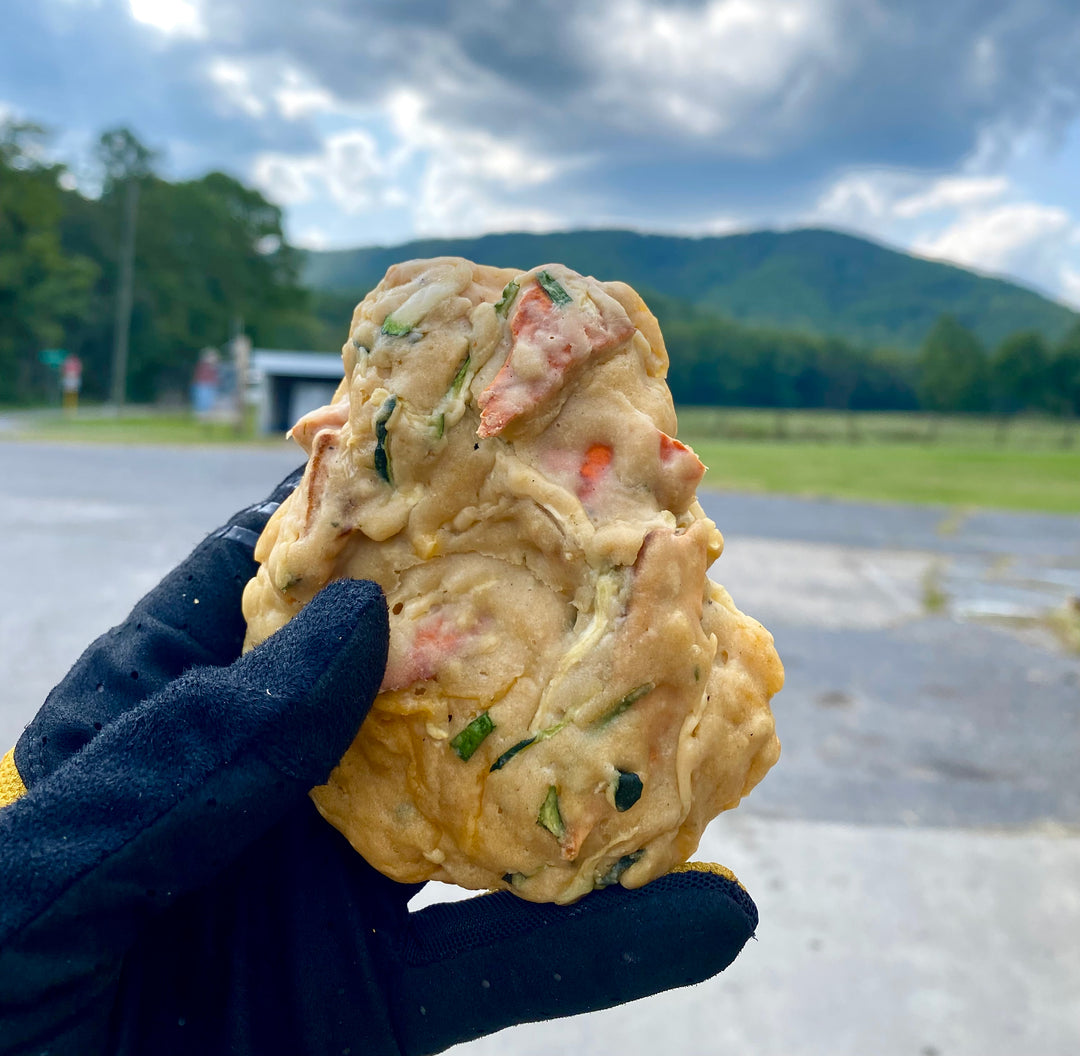Being A Sustainable Runner

By David Laney
In June, I wrote a blog titled How to be a Sustainable Runner. That blog dealt with general ideas for setting priorities, realizing you have limits and making wise choices that support your long-term running goals. You can read that first blog here. The following is a follow up to that blog and is focused more on specific training and recovery principles that will give you a better chance to have long-term development and success in your trail running.
First off, you may wonder, What makes David Laney qualified to comment on sustainable running? Well, I’d respond, the one who makes the most mistakes often learns the most, and I’ve made my share of overtraining mistakes!

So let’s dive into the nitty-gritty by first tackling volume vs. intensity.
The balance between volume and intensity is key to successful training, and it is a delicate balance to strike. Volume typically applies to the everyday bulk of training, how many hours/miles you are out there. Most of your hours or miles should be at a light to moderate Intensity. This is relatively easy training that should usually be at a conversational effort (Zone 1 or 2 or 60-75% of max heart rate). Intensity deals more with speed and other variables that make the time running harder, this can include running faster workouts, more climbing or other variables like altitude and temperature. In short, if you typically run 10 hours per week at an easy effort and you want to start doing hard workouts, reduce your volume while adding in the tempo runs, hill workouts or track sessions. Simply adding the intensity without a slight volume reduction will likely catch up to you in the form of fatigue or injury. The same logic goes for adding climbing, altitude or any variable that increases your running heart rate (Intensity!)
How much should you train? Well, that, of course, depends on what you are training for, goals, current fitness, fitness history, time, etc. But, in short, to be a sustainable runner you should train to the point of greatest benefit and least risk. The point where the graph below transitions from a steep incline to a gradual incline is the height of where you should train, much of your training should be just below this level. Find it and stay there until you get stronger to add volume or intensity, but never both at the same time!

It’s important to remember the above graph is very dynamic, you get stronger as you chance and your training capacity increases. Prioritizing recovery after hard workouts and races can add money to the bank allowing you to train better while avoiding injury risk. Poor recovery practices reduce your potential training volume significantly. When in doubt ask yourself this simple question, am I doing this run to get better or am I doing it to ‘get miles’ or to get ‘ X number of miles a week’. Ultimately training is the opposite of a get rich quick scheme, the longer you can train consistently the better you will get and longer you will be able to enjoy this great sport!

My Dad, still running strong at 70. The paragon of sustainable running!







Leave a comment